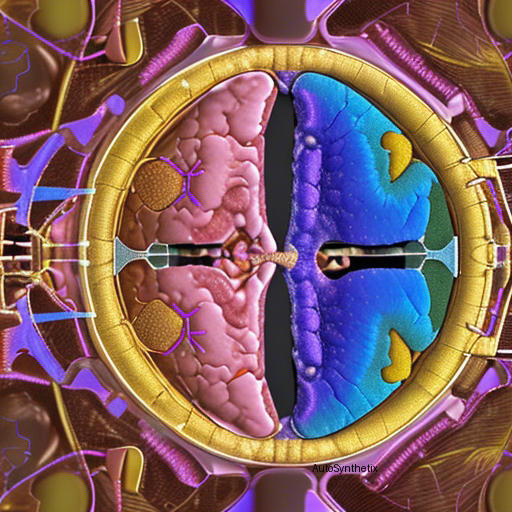Introduction: In today's rapidly evolving technological landscape, the convergence between medical science and advanced computing has opened up unprecedented avenues in healthcare diagnostics. One such remarkable development stems from the collaboration between digital pathology and artificial intelligence (AI), propelling us towards precision medicine. This article delves into 'DeepGleason,' a groundbreaking study harnessing cutting-edge deep neural networks for automating the critical process of Gleason grading in prostate cancer diagnosis – a significant stride in revolutionizing oncological care workflow management.
The Quest for State-of-the-Art Methodologies in Computer-Aided Histopathology Analysis Over the years, numerous endeavors have showcased AI's immense potential in computer-aided histopathology analysis through its capacity for automated Gleason grading. However, these pioneering attempts often fall short due to limitations surrounding their applicability across diverse contexts or reliance upon insufficiently refined methods. To bridge this gap, researchers set forth a novel solution by introducing DeepGleason - an innovative, open-source platform designed explicitly for streamlined, accurate, and efficient whole-slide imagery processing during prostate carcinomas' assessment.
Enter DeepGleason: An Open Source Solution Powered by Advanced Architecture With a strong focus on reproducibility and adaptability, DeepGleason utilizes a robust convolutional neural network known as "ConvNeXt" - a recent breakthrough in vision modelling. Trained meticulously over a vast data corpus comprised of more than 34,000 annotated microscopic slide samples sourced from 369 individual cases, this powerful instrument exhibits exceptional accuracy levels while identifying distinct patterns associated with benign versus malignant tissues, alongside discernment among varying degrees of tumor aggressiveness categorized under the traditional Gleason scoring scheme.
Outperforming Existing Benchmarks: A Paradigm Shift in Tissue Classification Confidence Through extensive testing against several contemporary benchmark architectures including Transformers, DeepGleason consistently surpasses expectations, setting new standards for the field. Its unparalleled proficiency not just lies in distinguishing between normal and neoplastic cells but also in accurately differentiating moderate-grade cancers (Gleason score 3) from high-grade ones (Gleason scores 4&5). As a result, clinicians stand poised at the cusp of significantly enhanced diagnostic capabilities heralding a paradigmatic shift in how digital pathology plays a decisive role within the realm of precise oncologic interventions.
Embracing Open Science Initiative: Democratization of Cutting Edge Technologies As part of the growing trend toward transparency and collaborative scientific advancements, the creators behind DeepGleason place utmost emphasis on making their discoveries widely accessible. By openly sharing their codebase via a dedicated Github repository, they actively encourage fellow researchers worldwide to leverage this innovation further enriching collective understanding, optimize existing tools, instigate fresh areas of exploration, ultimately leading humanity closer to conquering complex diseases afflicting humankind.
Conclusion: Revolutionary strides such as DeepGleason serve as testaments to technology's profound impact on reshaping medical practice, particularly in the burgeoning domain of computational assisted pathology. With continuous efforts directed toward perfecting AI algorithms tailored specifically for analyzing biopsy specimens, the future promises increasingly sophisticated yet user-friendly systems supporting physicians throughout crucial stages of patient evaluation processes. In doing so, we march steadily forward along the pathway illuminated by innovations like DeepGleason, edging ever nearer to realizing the long sought after promise of personalized, predictive, preventive, participatory, and...precise medicine.
Source arXiv: http://arxiv.org/abs/2403.16678v1
